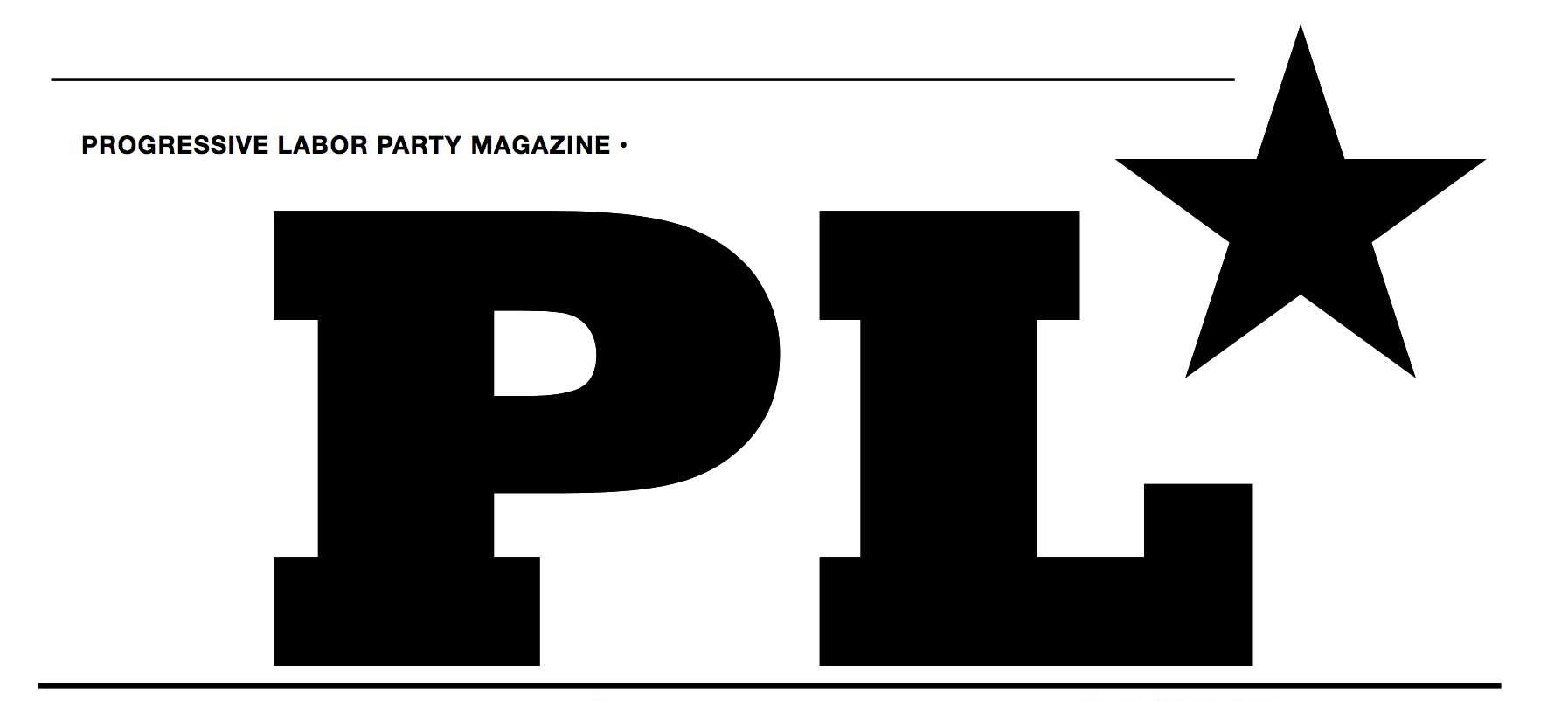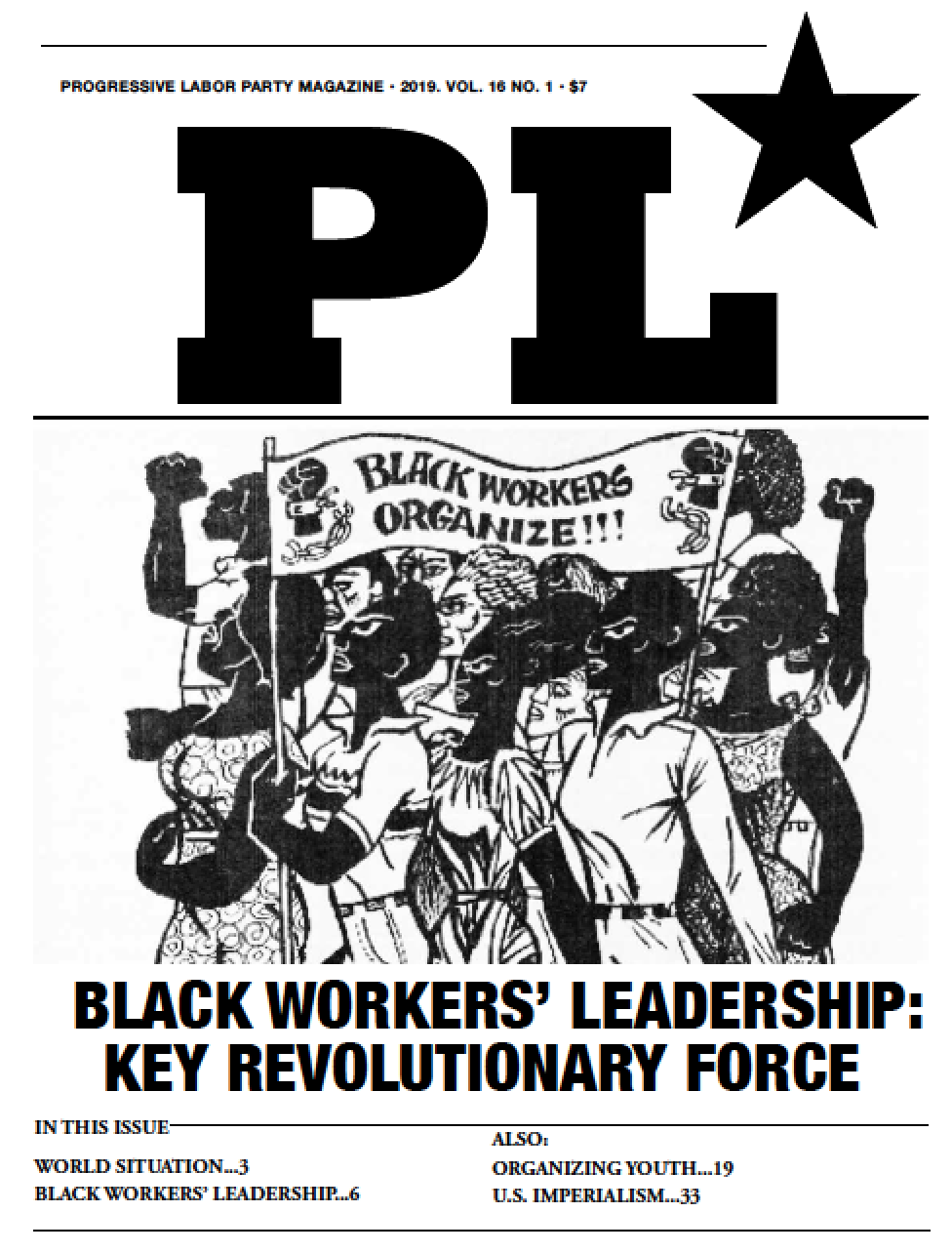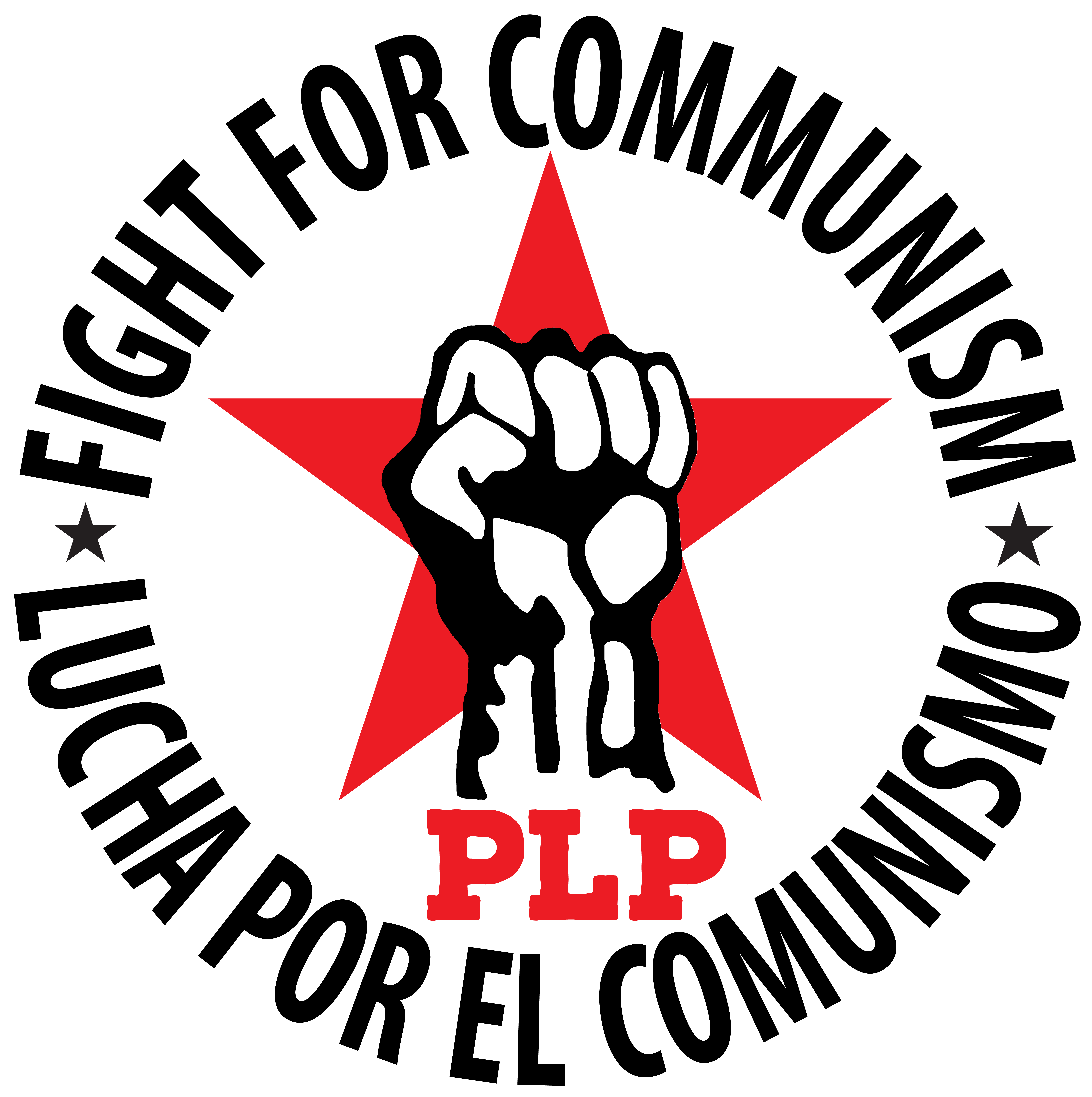USSR, First Workers’ State — Won and Lost
 Thursday, May 23, 2013 at 11:09AM
Thursday, May 23, 2013 at 11:09AM When the Russian Revolution, and the Civil War that followed it, ended in 1921, the new workers’ state was facing exhuasting conditions. It was largely destroyed, 4.5 million killed by 17 invading capitalist countries, with a raging famine. Millions of homeless people wandered the land, and starvation was rampant. The worldwide typhus epidemic of 1919 had killed tens of thousands.
Seven years of war and invasion by Imperial Germany, then Poland, and all the Allied countries, including the U.S., Britain, France, and Japan, had created a culture of violence. Crime — robbery, murder, gangs — was everywhere. Armed bands from Poland raided border areas, robbed, raped, and killed, then fled back across the border. Industry and agriculture were almost at a standstill.
The Bolsheviks’ task was to build socialism with the traumatized people in this devastated country. They had no blueprint, for it had never been done. No communist theorist — neither Marx and Engels, nor Lenin, nor any other — had ever thought the first workers’ state would look anything like this.
In the 1920s, the Bolsheviks debated the best course of action to build the new society. Communists then believed that communism could only come in an industrialized country. The party leadership knew that the advanced capitalist countries would attack the USSR as soon as possible. Their position — that the USSR could and must quickly industrialize by itself — won over the vast majority of rank-and-file Bolsheviks.1
Led by Stalin, the mainly working-class Bolshevik Party took the country on to a great “leap into the unknown.” By the mid-‘30s, collectivization was almost complete, and the USSR was becoming a major industrial power. Nothing like this had ever been accomplished before in world history!
During the 1930s, Oppositionist leaders conspired to try to overthrow Stalin and the Party leadership. Some also conspired with German and Japanese fascists. Additionally, fascist organizers infiltrated into every European country and Russia.
The Soviet leadership found out about these plots and tried and executed the guilty. But two successive heads of the political police were involved in these plots too. The second, Nikolai Ezhov, had his men arrest, torture, and murder hundreds of thousands of innocent Soviet workers and Party members to cover up his own plot, and to sow dissatisfaction. This too was eventually uncovered, but not until huge damage had been done.2
Workers’ power was thought to be guaranteed as long as the communist party was in charge. In fact, capitalist ideas and practices turned the Bolshevik Party into its opposite. At Stalin’s death in March 1953 the communist movement appeared stronger than ever. Yet within three years the new head of the USSR, Nikita Khrushchev, had pushed the country towards capitalism, while attacking Stalin as a monstrous murderer and egomaniac. How could this happen?
All other socialists and communists, along with the Soviet leadership, believed there had to be an intermediate stage called “socialism” between capitalism and real communism. It would preserve many capitalist features: wage inequalities, inequalities between countryside and city; between workers and managers, the uneducated and the educated, nationalisms of various kinds, and so on. In industry, science, technology, art and literature, it meant preserving many capitalist ways of doing things, though with pro-worker reforms.
No human undertaking can ever be free of error, and the Bolsheviks made lots of mistakes. The basic reason is: They were the first! Never before had a communist movement seized and held power, then tried to build socialism/communism in any country, much less one that was not industrialized to begin with and, moreover, hugely destroyed by World War, a Civil War, foreign invasion, epidemic and famine.
The Bolsheviks then led the Soviet Union to victory in World War II. After losing over 20 million lives and the destruction of the country’s infrastructure in the war, the USSR rebuilt in record time. The socialist USSR built nuclear weapons through the political commitment of its scientists.
The history of the USSR is an invaluable “textbook” for all workers! We must study the Soviet experience (and that of the other great 20th century communist revolution, the Chinese) to learn essential lessons about what Lenin, Stalin and the Bolsheviks did right, and what they did wrong, so we can do it right next time and win a communist world!
1 The plan was:
• Collectivize agriculture, so the collective farms could give up all their surplus to fund the industrialization drive;
• Build whole cities of industry overnight, making the huge investments of industrializing a gigantic country within a few years instead of the decades it had taken the capitalist countries;
• Mechanize the new collective farms with tractors and farm equipment, making them even more productive;
• Build a large modern army with advanced weapons, able to defeat the armies of the capitalist countries that the USSR knew would attack, probably soon;
• Delay the attack as long as possible through diplomacy, trying to play off the capitalist countries against one another.
2 For one version of these events see Grover Furr, “Stalin and the Struggle for Democratic Reform (two parts) at http://clogic.eserver.org/2005/2005.html. For another, see The Great Conspiracy by Sayers and Kahn.





 Progressive Labor Party (PLP) fights to destroy capitalism and the dictatorship of the capitalist class. We organize workers, soldiers and youth into a revolutionary movement for communism.
Progressive Labor Party (PLP) fights to destroy capitalism and the dictatorship of the capitalist class. We organize workers, soldiers and youth into a revolutionary movement for communism.




Reader Comments